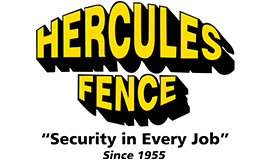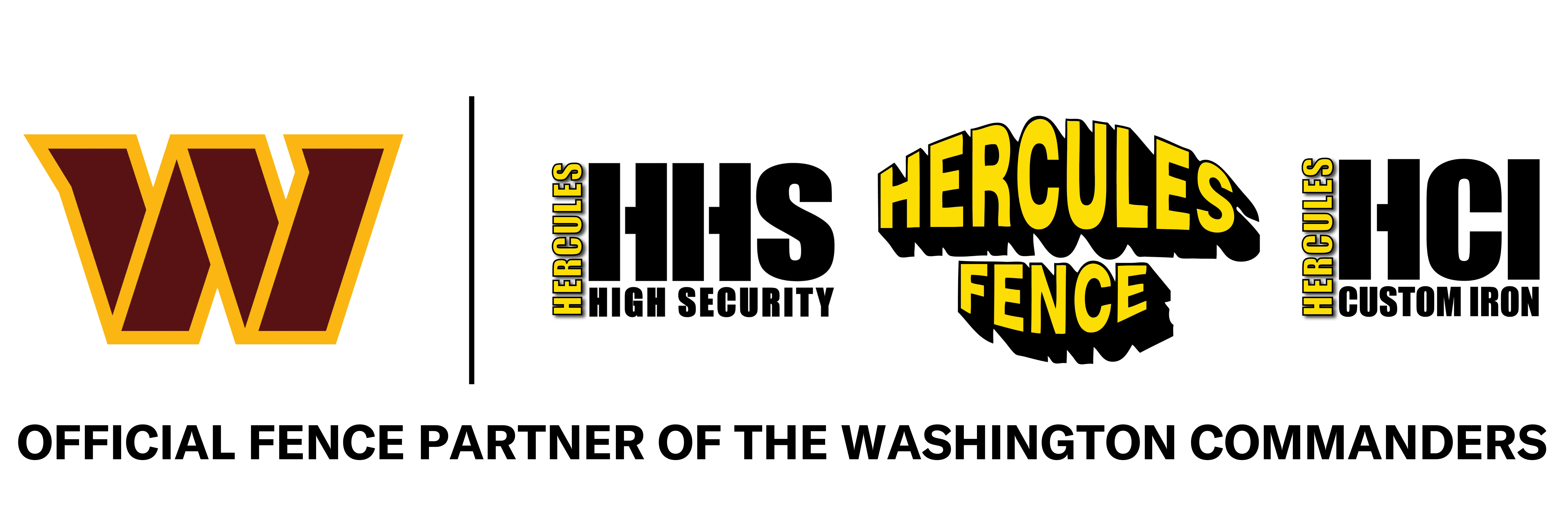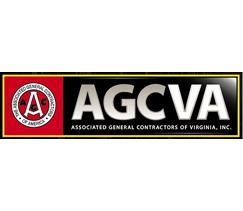Yes, privacy fences provide…privacy, but they also offer much more than that to a homeowner. As this insightful article on Estantres.org explains, there are many benefits to a privacy fence for your home:
1. Noise reduction. Privacy fences create a solid, or nearly solid, wall around your yard which will help deflect sound. If you live on a busy or noisy street, a privacy fence will provide some measure of quieting the din. If you already live in a relatively quiet area, you may find a solid fence will knock down the volume to almost nothing. You can’t cut out all noise, but choose a fence that has few gaps, such as a stockade style, and go for the tallest you can to get the most effective noise reduction.
Posts Tagged ‘fence framework’
-
Benefits of a Privacy Fence
-
Effective Fences
Fence design/style contributes greatly to the overall aesthetic value of your home or place of business. But for the most part, a fences’ appearance is secondary to its overall purpose. After all, most fences are not built as decorations, but rather for a more direct purpose such as security, privacy, to establish borders, or to keep animals in (or out).
-
How To Protect Your Wooden Fence Posts From Rotting
Your new wooden fence looks great now, but if you do not properly maintain it, it will not last very long. Sun, wind and especially water can wreak havoc on your fence. But a little preventative maintenance can go a long way to extend the life of your wooden fence.
-
Gateway to a complete fence
Once you have your chain-link fence picked out and designed, it will then be time to turn your attention to the fence gates. The main thing to remember, as this site describes, is that the fabric and framework of the gates should match what you’ve used for the rest of the fence. You’ll have three options to consider.
Bent-frame gates
The rounded corners of these gates make them a very stylish option. However, they can also leave larger gaps between the gates and the rest of the fence. This makes them a little more useful in a residential context.Square-welded gates
Welding adds strength to the frame and the fabric’s connection to it. Although the corners don’t have to be square, an angular shape is more secure. All-in-all the gate is better for security.Aluminum-corner gates
Perhaps the strongest of all gate joints, die-cast aluminum corner pieces will join the gate’s framework together. Because the corner is one solid piece, it’s next to impossible to break.To learn more about these gate options and the different kinds of operating mechanisms, contact us. We’ll make sure you get the fencing and gates that are right for you.
-
Making your fence fit
Continuing our look at chain-link fences, the final component you’ll need to be aware of when buying a fence are the fittings. As this site describes, the fittings are the various hardware pieces that connect the fence fabric to the framework. Because they constitute the weakest link of the fence, the fittings need to be especially strong. Here’s what you need to keep in mind.
Composition
The best fittings are made of die-cast aluminum and steel. They should be hot-dip galvanized for added strength and protection.Coatings
Like the fabric and fence, the fittings should also be coated to prevent corrosion and rusting. They serve to weaken the fittings. Of course if you’ve coated the fabric and framework a certain color, you’ll want to coat the fittings to match.We can help you choose the fabric, framework, and fittings that are right for your situation. We’ll then professionally install it to enhance your privacy and security. Contact us to learn more.
-
The fence was framed
Next on our look at the components of a chain-link fence that you’ll have to consider when purchasing one is the framework that holds the fence up. Three kinds of pipes make up the framework: the terminal posts at either end of the fence, the line posts that are placed at intervals along the fence, and the top rail that runs along the top of the fence. The specifications for the framework will remind you of the fabric we discussed in our last post.
Gauge
Just as it did for the fabric, the gauge measures the thickness of steel used to create the framework’s pipes. Obviously the thicker the steel, the stronger the framework.Diameter
This is that one factor that differs from those of the fabric. You can choose the overall diameter of the framework. The larger the diameter, the more metal it will require to maintain the thickness you want.Coating
You don’t have as many coating options for the framework as you do for the fabric, but there is still some choice. The coatings add color to the fence (typically black, brown, and green) and protect it from corrosion. The coating could be either PVC or polyester.To learn more about all kinds of fencing, contact us. We’ll help you determine which kind of fence and specifications are right for you and then professionally install it.









